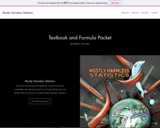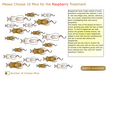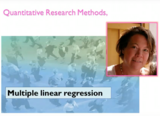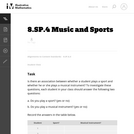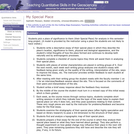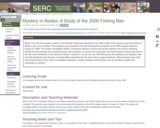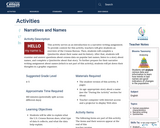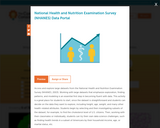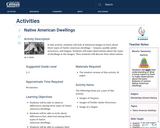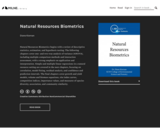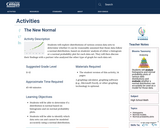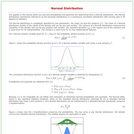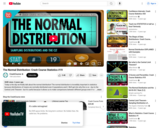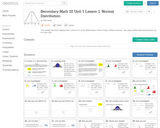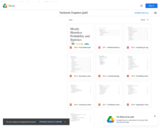
This text is for an introductory level course in probability and statistics.
This work, "Mostly Harmless Probability and Statistics for NMC", is a derivative of "Mostly
Harmless Statistics" by Rachel Webb used under CC BY-NC 4.0. "Mostly Harmless Probability
and Statistics for NMC" is licensed under CC BY-NC 4.0 by Briana Mills.
Rachel Webb’s original text was a combination of Webb’s work, Statistics
Using Technology by Kathryn Kozak, and OpenIntro Statistics by Diez, Barr, Çetinkaya-Rundel.
All texts are licensed under CC BY-SA 4.0. Additional problem sets provided by Whitney Cave.
It has been updated by Briana Mills with help from Nate Butler and Tony Jenkins to match the
curriculum at NMC.
The textbook solutions for this book are available at: https://drive.google.com/drive/u/1/folders/1BTXchIplWzk0mjohao2xrE4cfeOOUsvI
- Subject:
- Mathematics
- Statistics and Probability
- Material Type:
- Textbook
- Author:
- Briana Mills
- Date Added:
- 05/31/2022
